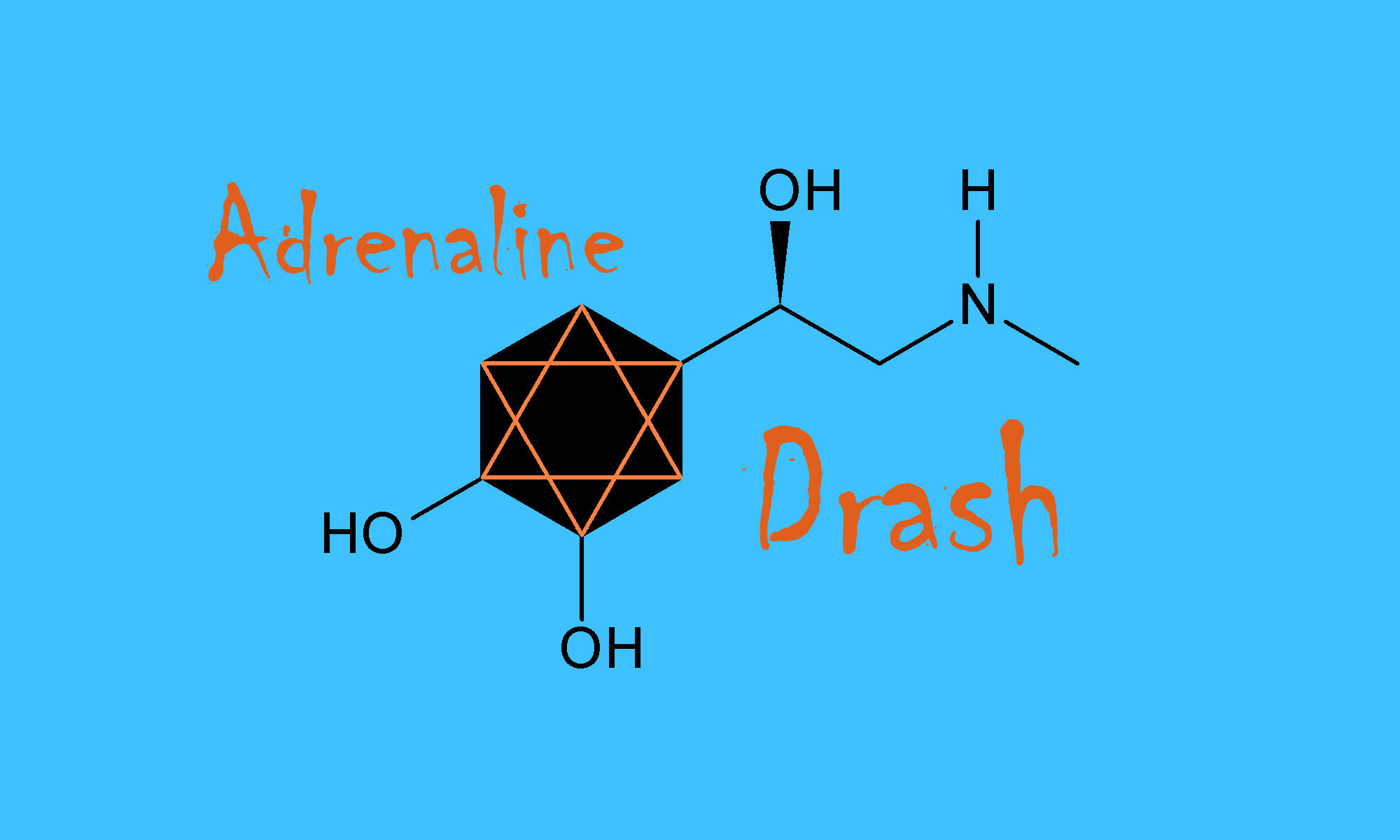“Judaism,” writes Rabbi Lord Jonathan Sacks, “in sharp contrast to ancient Greece, did not cherish the visual arts. The reason is clear. The biblical prohibition against graven images associates them with idolatry. Historically, images, fetishes, icons and statues were linked in the ancient world with pagan religious practices. The idea that one might worship ‘the work of men’s hands’ was anathema to biblical faith.”
This is what we are told, over and over again – and the narrative comes from some of the most literate, erudite rabbis in the world, a description which most certainly applies to Rabbi Sacks.
We can anticipate what will come next; it is predictable. Tanakh, they will say, demonstrates that our ancient forebears loved beauty. But all such beauty was in the service of God. All such creation supersedes anything the secular artist can create. This week’s parsha, Vayakhel, is a prime example.
In it, we read of Betzalel, designer and craftsman, jeweler, woodcarver, even embroiderer. He is entrusted, together with Oholiab and all other gifted artists and artisans the Israelites can find, to create beauty for the service of God. Under his direction, the Tabernacle would be gorgeous and lush, filled with objects that shone, that glittered, that glowed.
One has to image the scenes – scores, hundreds, maybe thousands of Israelites cutting, sewing, embroidering, carving, forming. Gold and silver, melted and poured into forms, cloth dyed in brilliant hues, the creation of artistry is everywhere. And indeed, this is work with one goal: to make a beautiful residence for the Holy One.
But otherwise, we are told, our forbears eschewed artistry because it could distract from God, rather than serve God.
I want to take those good rabbis on a tour. I want to show them the mosaics of ancient temples with leaping animals and biblical figures. I want to show them the walls of Dura-Europos Synagogue of 244 CE. — walls filled with brilliantly painted scenes from Tanakh, with human beings so alive to their story that one feels the artist telling us everything we could read in the scroll.

I want us to walk by a gallery of spice boxes from the centuries – in the form of castle towers, yes, but also in the shape of almost anything imaginable, from flowers to fish.
I want those rabbis to look at embroidered and painted wimpels, Torah binders made from the cloth used to diaper baby boys at their circumcisions. Medieval women of Ashkenaz let their imagination run riot in their work, producing a plethora of creatures wiggling out of Hebrew letters near scenes of wedding couples, Torah scrolls, symbols of tribal inheritance and affiliation. Look for the flowers, the birds, the priestly hands and the Levite’s jug. Look for folktale characters embroidered across the cloth – if you look late enough, you’ll even find Micky Mouse adorning the cloth.

No, the Birds’ Head Haggadah is by no means an exception to a world in which care has been lavished on so much that is so beautiful. In the last thirty years, academic research into Jewish art has demonstrated that fact – in colorful, brilliant reality.
Open the pages of Skies of Parchment, Seas of Ink: Jewish Illuminated Manuscripts and you will find illuminated versions of machzorim, haggadot, and the Tanakh. But you will also discover art enhancing the Mishneh Torah, rabbinic commentaries, collections of teshuvot, and even a woodcut mapping the world with Jerusalem at the center. Mythological beasts (like the unicorn) and grotesque animals show up in medieval Jewish texts as does God, strangely enough, emerging from a cloud.

Chagall is not the exception we imagine.
Centuries of Jewish love for beauty has indeed often found its way into our ritual objects. Judaism is a religious culture that relies on objects, on things of beauty to be distributed in our homes as well as our sanctuaries. Who does not possess a favorite hanukkiah, a Passover seder plate, a mezuzah that was bought in significant part because it was beautiful?
Rabbi Sacks notes all this loveliness is the product of hiddur mitzvah, “beautifying the commandment.” We are supposed to fulfill each commandment, each mitzvah, in the most beautiful way we can.
But he insists, like so many rabbis, on making a distinction between this kind of art and secular art. Art for its own sake, he suggests, cannot point to anything beyond itself. Art in the service of God, however, is the kind we find in Vayakhel — the kind that is worth valuing.
I suspect that our forebears loved creating, from the time of the Tabernacle onward. And I wonder: When God creates, we call that holy. When we create, we do so as beings formed betzelem Elohim, in the image of God.
Whatever we create, may it be holy. And may it be beautiful, too.

